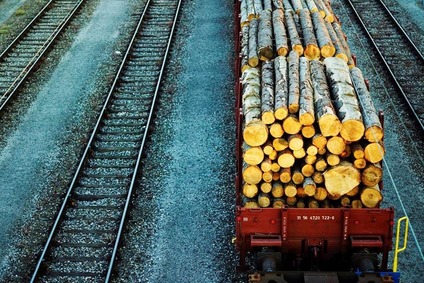
The market-leading railway company is doubling its transport capacity in order to meet the increased demand from the public as soon as possible and will provide 100-110 wagons instead of the 50-60 wagons per week which has been provided so far. Between the beginning of the government program on October 2022 and 15 April 2023, the company delivered 1,347 wagons loaded with firewood to their destinations.
80 thousand cubic metres of wood
As the extraction capacity could not keep up with the increased public demand, the full delivery of the committed volume will continue to tie up significant resources in the months following the termination of the program. The volume harvested in the forestries of the Transdanubian region will have to be delivered to the less-wooded regions of the Great Hungarian Plain and the agglomeration of Budapest. The firewood is transported from 29 dispersed loading points to 16 destinations in the Eastern part of Hungary by Rail Cargo Hungaria. The company exclusively handles the rail logistics for the government program, using single wagonload rail transport technology with nationwide coverage. The points of sale are located up to 300-400 kilometres from the forests, thus RCH's trains have covered hundreds of thousands of kilometres in transporting more than 80 thousand cubic metres of wood so far.
State aid helps
The transport of firewood is a resource-intensive railway activity: depending on the volume of timber harvested, forestry companies occasionally order two or three wagons for the timber to be transported by rail to the loading points, from where the company's locomotives tow the consignment to the marshalling yard. Here, the wagons are sorted into trains and forwarded as a block train to their destination. To carry out such a transport task, 4-5 shunting operations are required at each marshalling point with a separate shunting locomotive.
Maintaining an activity consisting of costly railway operations is made possible by the public subsidy scheme for single wagonload rail traffic. The subsidy partially compensates for the costs of shunting locomotives and shunting staff on the branch lines, as well as the technical, commercial and operational staff, and the costs of running marshalling yards.
